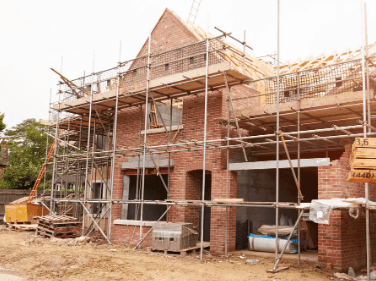
Contents of a Building
The contents of a building play a pivotal role in shaping the functionality and ambiance of various environments, be it residential, commercial, or institutional. These elements, ranging from essential furnishings to advanced safety equipment, are meticulously curated to enhance both aesthetic appeal and operational efficiency. An understanding of how these components interact within a space can significantly influence occupant experience and productivity. As we explore the nuanced distinctions between different types of buildings, one might consider how these choices reflect broader societal trends and individual needs. What implications do these selections hold for future architectural design?
Residential Building Contents
The contents of a residential building encompass a wide range of items essential for daily living and functionality. This includes diverse furniture styles that cater to various aesthetic preferences and practical needs.
Additionally, effective storage solutions are vital to optimize space utilization while maintaining organization. Together, these components contribute significantly to the overall comfort and efficiency of a residential environment, enhancing the occupants’ quality of life.
See also: Cool:_0iybesu9ws= Painting Pumpkin Ideas
Commercial Space Essentials
In commercial spaces, essential furnishings and equipment play a critical role in supporting business operations and enhancing productivity.
An effective office layout optimizes workflow and encourages collaboration, while tailored storage solutions organize materials and resources efficiently.
Considerations such as ergonomics, flexibility, and scalability are paramount in selecting furnishings, ensuring that the environment remains conducive to growth and innovation while meeting the unique demands of the business.
Institutional Facility Components
Understanding the components that make up institutional facilities is crucial for effective management and functionality.
Key elements include educational resources such as libraries and laboratories, which support learning initiatives.
Additionally, safety equipment, including fire alarms and emergency exits, ensures the well-being of occupants.
These components collectively enhance the operational efficiency and safety standards required in institutional environments, fostering an atmosphere conducive to education and development.
Public Venue Items
Public venues are equipped with a diverse array of items that contribute to their functionality, accessibility, and visitor experience.
Key elements include tailored seating arrangements that optimize space and comfort, alongside high-quality audio equipment ensuring clear communication during events.
These components not only enhance the overall atmosphere but also promote an inclusive environment, allowing all participants to engage fully and enjoy their experience.
Conclusion
In conclusion, the significance of building contents transcends mere aesthetics, impacting functionality and occupant well-being. For instance, studies indicate that well-designed office environments can boost productivity by up to 20%. This statistic underscores the critical role that furniture, technology, and decor play in shaping experiences within residential, commercial, and institutional spaces. Ultimately, a comprehensive understanding of building contents is essential for optimizing environments that not only meet practical needs but also enhance the quality of life for all users.




